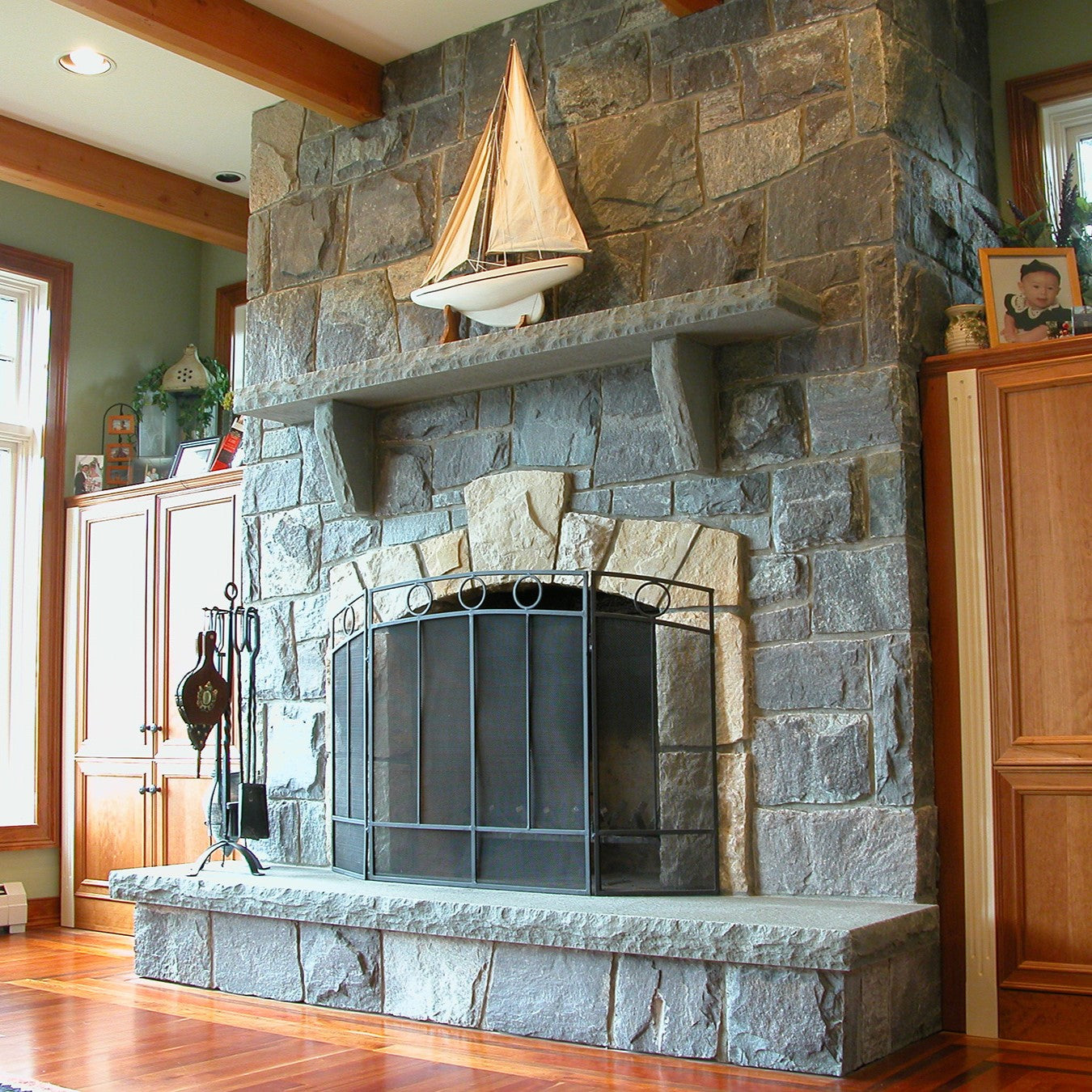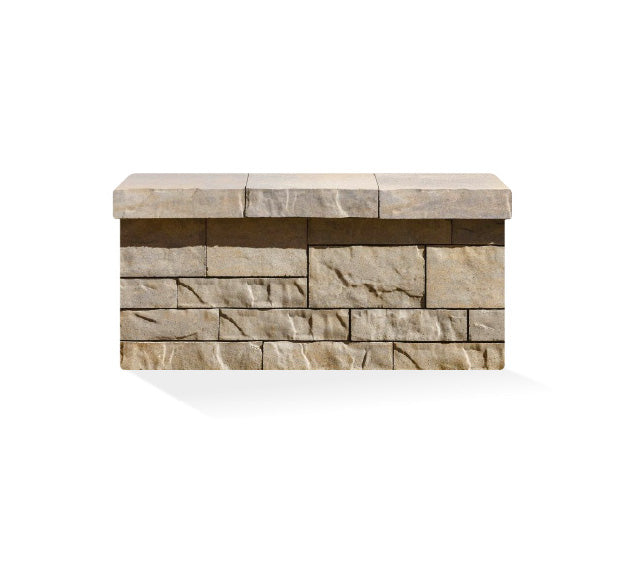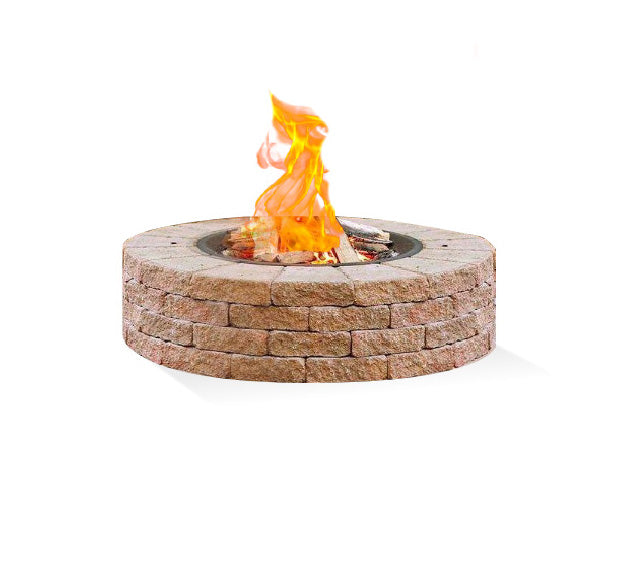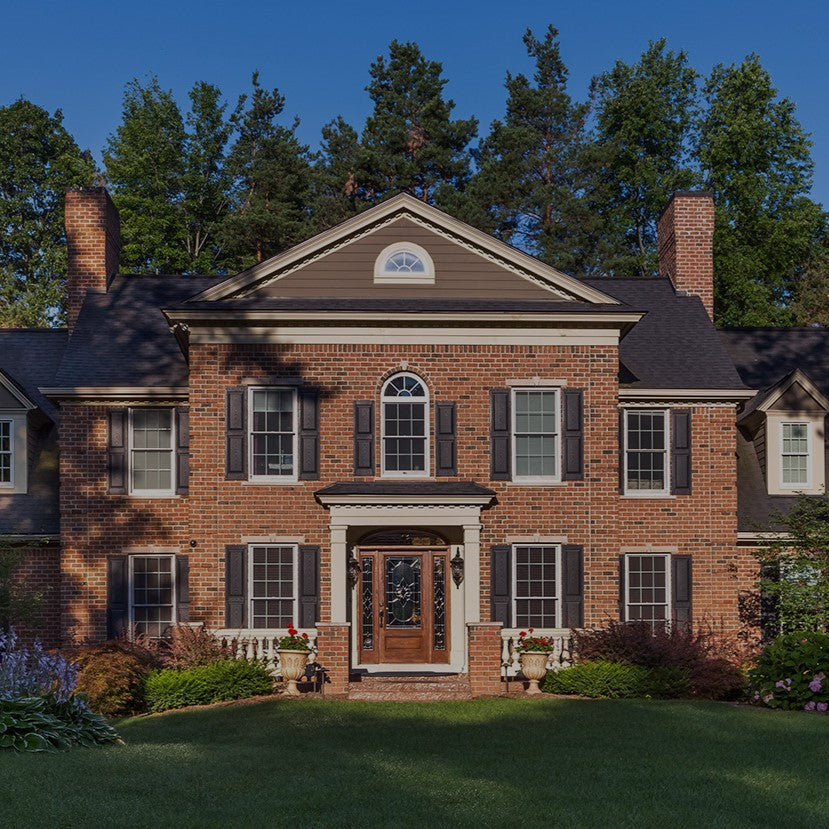
A Fifth-Generation Tradition
Camosse Masonry Supply is a family owned-and-operated business, supplying Hardscape, Landscape, Masonry, and Stone products for professionals and homeowners.
A+ rated and BBB Accredited for 60+ years, we're proud to offer one of the widest product selections in New England.
Transform Your Vision into Reality
-

Stone Products
Discover the timeless beauty and enduring strength of natural and manufactured stone...
Put Our Experience To Work
-
Greatest Selection of Natural & Manufactured Stone in the Area
-
Extensive New England Salvaged Stone Collection
-
Trusted by Landscape Professionals & Homeowners
-
Family-Owned & Operated Since 1948
See What's Popular
-

Concrete Pavers & Slabs
Concrete pavers and slabs are the ultimate choice for creating durable and...
-

Caps, Piers, & Walls
Caps, piers, and walls are essential for enhancing the functionality and aesthetics...
-

Fire Pits & Fireplaces
Fire pits and fireplaces are the perfect additions to outdoor spaces, providing...
-
Magnesium Float - Round End - 18" x 3-1/8" - Comfort Grip
Vendor:Bon Tool Co.Regular price $43.68Regular priceUnit price / per -
Mash Hammer - 3 lb.
Vendor:Bon Tool Co.Regular price $64.89Regular priceUnit price / per -
Plastic Rebar Chair - 2.5" (500/Package)
Vendor:Bon Tool Co.Regular price $232.42Regular priceUnit price / per -
Plastic Rebar Chair - 2" (500/Package)
Vendor:Bon Tool Co.Regular price From $203.26Regular priceUnit price / per -
Blue Mule - Placer Head Only
Vendor:Bon Tool Co.Regular price From $21.89Regular priceUnit price / per -
Plastic Rebar Chair - 3.5" (500/Package)
Vendor:Bon Tool Co.Regular price $296.11Regular priceUnit price / per -
Plastic Rebar Chair - 3" (500/Package)
Vendor:Bon Tool Co.Regular price $239.21Regular priceUnit price / per -
Nail Bag - 3-Pocket - Heritage Leather
Vendor:Bon Tool Co.Regular price $56.42Regular priceUnit price / per -
Bull Float Kit - Aluminum - 48" - Rock N' Roll Bracket
Vendor:Bon Tool Co.Regular price $228.05Regular priceUnit price / per -
Bull Float Kit - 48" - With Wormgear Bracket and (2) 6' Handles
Vendor:Bon Tool Co.Regular price $339.58Regular priceUnit price / per
Customer Feedback
-
Knowledgeable staff with great ideas! They helped us design a retaining wall a couple of years ago, and we're going back for help with a fire pit. I highly recommend them!”
- Ellen P.
-
If you want to be treated with respect and kindness and have all your needs met, while having all your silly home owner questions answered, then Camosse is the place to go!
- Jon S.
-
I've been to 2 locations that I know of, great service, great attitudes, friendly, helpful, excellent group of people, in the yard and in the showroom. Extremely friendly service.
- Mike H.
-
This place has everything you need for masonry projects! From materials to tools, they have it all. We found exactly what we needed and at a reasonable price. Will definitely be coming back for our next project.
- Trisha A.
Let's Get Started
Give us the details about the project you're working on, or which products you'd like a quote for below.
A response from one of our experts will be in your inbox as soon as possible.
Contact Us
Camosse News
View all-

Techo-Bloc Sunrise Session Tomorrow in Charlton!
☀️ Rise and shine with us and Techo-Bloc tomorrow!Join us for a Sunrise Session on Oct. 13 from 7–9 AM at Camosse Masonry Supply in Charlton, MA 🌄We’ll be diving into the Mini-Creta wall...
Techo-Bloc Sunrise Session Tomorrow in Charlton!
☀️ Rise and shine with us and Techo-Bloc tomorrow!Join us for a Sunrise Session on Oct. 13 from 7–9 AM at Camosse Masonry Supply in Charlton, MA 🌄We’ll be diving into the Mini-Creta wall...
-

Techo-Bloc KleanBloc Lunch & Learn Event Tomorrow!
Join us in Worcester tomorrow! 🍕Hannah Adams from Techo-Bloc will be hosting a special Lunch & Learn event at our Worcester location to showcase the power & performance of KleanBloc...
Techo-Bloc KleanBloc Lunch & Learn Event Tomorrow!
Join us in Worcester tomorrow! 🍕Hannah Adams from Techo-Bloc will be hosting a special Lunch & Learn event at our Worcester location to showcase the power & performance of KleanBloc...
-

Cambridge Pavers Customer Meet & Greet Event To...
Join us with Cambridge Pavers for a Meet & Greet event at our Worcester location on Wednesday, September 17! 🤝Stop by and discover the latest pavingstones, wallstones, veneers, steps, stairs,...
Cambridge Pavers Customer Meet & Greet Event To...
Join us with Cambridge Pavers for a Meet & Greet event at our Worcester location on Wednesday, September 17! 🤝Stop by and discover the latest pavingstones, wallstones, veneers, steps, stairs,...
Our Blog
View all-

Why Efflorescence Cleaning Must Happen After A ...
Our friends at Alliance Gator have written an fantastic article explaining why efflorescence cleaning must be done after the installation of polymeric sand. which is crucial for maintaining the aesthetic...
Why Efflorescence Cleaning Must Happen After A ...
Our friends at Alliance Gator have written an fantastic article explaining why efflorescence cleaning must be done after the installation of polymeric sand. which is crucial for maintaining the aesthetic...
-

The Ultimate Pizza Party Guide: Expert Tips
Our friends at Gozney have written an excellent article that provides the ultimate guide for hosting a pizza party, and we’re excited to share it with you! Packed with tips...
The Ultimate Pizza Party Guide: Expert Tips
Our friends at Gozney have written an excellent article that provides the ultimate guide for hosting a pizza party, and we’re excited to share it with you! Packed with tips...
-

What is Neapolitan Pizza: Expert Tips
Our friends at Gozney have written an insightful article that explains what Neapolitan pizza truly is, and we’re excited to share it with you! This guide dives into the origins,...
What is Neapolitan Pizza: Expert Tips
Our friends at Gozney have written an insightful article that explains what Neapolitan pizza truly is, and we’re excited to share it with you! This guide dives into the origins,...






















